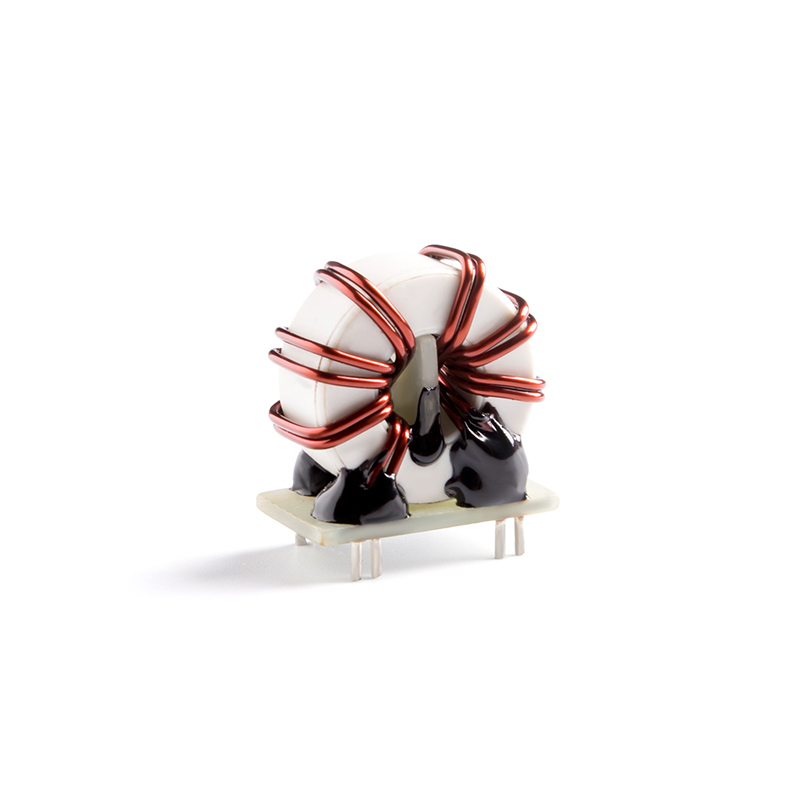The design and manufacturing of amorphous nanocrystalline filter inductors involve a combination of advanced material science and precision engineering. These inductors are crafted to meet the demanding requirements of modern electronics, where efficiency, reliability, and compactness are paramount.
Material Selection and Preparation
The foundation of any high-performance inductor lies in the quality of its core material. For amorphous nanocrystalline filter inductors, the core is typically made from a ribbon-like alloy of iron, silicon, boron, and other elements. This alloy is melted and then rapidly cooled using techniques such as melt spinning, which involves ejecting the molten metal onto a rotating drum. The rapid cooling rate (on the order of millions of degrees per second) prevents the formation of a crystalline structure, resulting in an amorphous solid.
Once the amorphous ribbon is produced, it undergoes a controlled annealing process to induce nanocrystallization. During this process, small crystalline grains form within the amorphous matrix, giving rise to the nanocrystalline structure. The size and distribution of these grains are carefully controlled to optimize the material’s magnetic properties.

Core Fabrication Techniques
After the material preparation phase, the next step is to shape the amorphous nanocrystalline ribbon into a core suitable for inductor applications. There are several methods for fabricating the core, with the most common being:
Toroidal Winding : In this method, the ribbon is wound into a toroidal (doughnut-shaped) core. Toroidal cores are highly efficient because they minimize air gaps and reduce leakage flux, leading to better performance.
C-Shaped Cores : Another popular option is the C-shaped core, which consists of two halves that can be assembled around the winding. This design is particularly useful for applications requiring easy assembly or disassembly.
Custom Shapes : Depending on the specific application, manufacturers may produce cores in custom shapes to fit unique design constraints.
Winding and Assembly
Once the core is fabricated, the next step is to wind the coil around it. The winding process must be precise to ensure uniform distribution of the magnetic field and minimize parasitic effects such as stray capacitance and inductance. Copper wire is commonly used for the winding due to its excellent conductivity, though other materials like aluminum may be employed in certain cases.
The assembly process also includes encapsulating the inductor in a protective casing to shield it from environmental factors such as moisture and mechanical stress. This casing may be made from materials like epoxy resin or plastic, depending on the application.
Testing and Quality Assurance
Before the inductor is deemed ready for use, it undergoes rigorous testing to ensure it meets the required specifications. Key parameters such as inductance, resistance, and core loss are measured under various operating conditions. Advanced testing equipment, including impedance analyzers and thermal chambers, is used to simulate real-world scenarios and verify performance.

 English
English 中文简体
中文简体 Deutsch
Deutsch 日本語
日本語

 View More >>
View More >> View More >>
View More >> View More >>
View More >> View More >>
View More >> View More >>
View More >> View More >>
View More >> View More >>
View More >> View More >>
View More >>